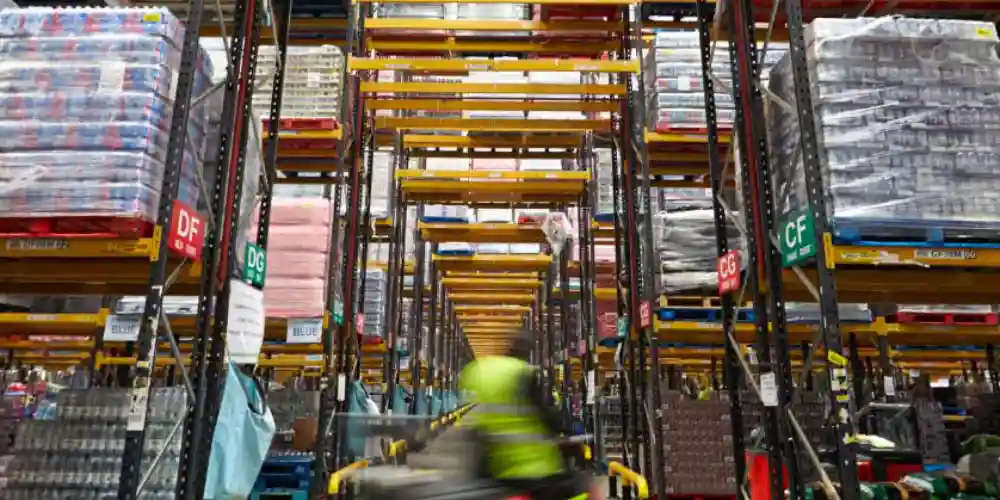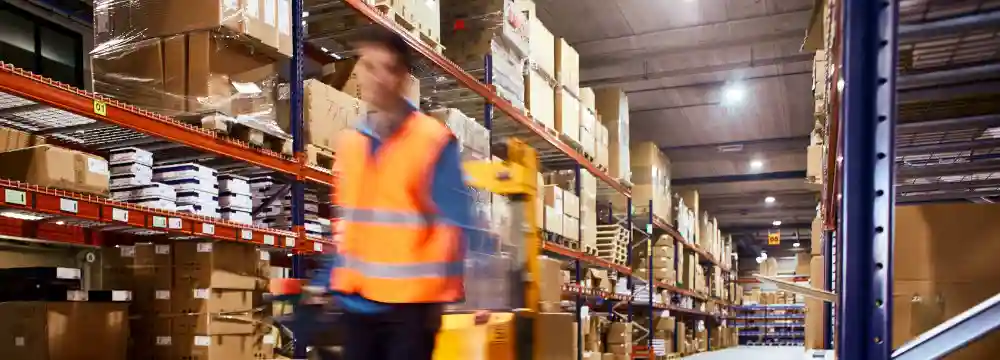Product classifications refer to a system of categories into which a group of products or trades would be placed. Product classifications (or product categorization) are here primarily used for classifying products into trade statistics for comparison or for customs procedures. Such products and services classifications are employed in marketing of a variety of items (say, cotton shirts and socks) in standardized terms. However, not only products can be referred to in a standardized way but also sales practices in form of the “Incoterms” and industries can be classified into categories.
The enormous number of different products in circulation requires classifications for different purposes.
Standard International Trade Classification (SITC) 4th edition
Maintained by the United Nations, this method of product classification of products and services acts primarily as a trade statistic for both exports and imports; allowing comparisons between countries and different periods. The SITC decides neither duties nor tariffs paid during the customs process, but purely supports statistical data. The SITC is unique, as it focuses on the various stages of product development (raw materials, intermediate goods and final goods).
SITC codes are 5 digits in length and follow a 2-1-1-1 product categorization system employing the following hierarchy: division group- subgroup- heading. The first two digits are for the division, the following digits each represent the subordinate class.
For example, “00121” is specific to live sheep where “00” corresponds to the product classification of live animals (other than fish). The following number, “1” categorizes the product into a group. In this instance, it is live animals of a certain kind or size.
The “2” places it in the subgroup for sheep and goats (live). The following “1” specifies it is live sheep. Now the trade with live sheep can easily be compared between different locations and period.
A complete list of all SITC codes can be found on the World Bank Website.
Central Product Classification (CPC)
The CPC (also maintained by the UN) is intended to be used as an international standard for collecting, analyzing, and product classifications of data on goods, services, and assets. Unlike the SITC, the CPC product classification system consists of a hierarchical 7-digit code following a 1-1-1-1-1-2 format.
The product classification consists of sections (identified by the first digit), divisions (identified by the second digit), groups (identified by the third digit), classes (identified by the fourth digit), and subclasses (identified by the fifth digit). The final 2 digits help in classifying product. Not only the physical properties and the nature of the products are considered in product classification in marketing but also the principle of industrial origin. An exhaustive list can be found in part 3 of the UN whitepaper.
Classification of Product by Activity (CPA)
The CPA is essentially a European version of the CPC. Maintained by the European Economic Community, this product classification also serves only as a statistical tool to monitor the moment of goods. The classification of products and services consists of a 6-digit alphanumerical code.
The difference between the CPA and CPC is that the CPA classification separates the different groups with an identifier. The product categorization, like the CPC, also consists of sections (identified by an alphabetical character), divisions (identified by the second numerical group), groups (identified by the third numerical group), classes (identified by the fourth numerical group), categories (identified by the fifth numerical group), and sub-categories (identified by the sixth numerical group. Rice would thus be assigned the following CPA code: A01.1.12.1.10. A full description of all the codes can be found here.
Global Classification or Harmonized System (HS)
The purpose of Global Classification is different from the SITC and CPC because it focuses on classifying products for customs reasons rather than statistical reasons. It consists of the Harmonized Commodity Description and Coding System or Harmonized System (HS) and is an internationally standardized system of numbers and names when classifying products such as traded goods.
Introduced in 1988, it is maintained by the World Customs Organization (WCO). Since China is a member of the WCO, they use the HS for industrial goods’ classification which allow them to comply with customs authorities. By using HS, China is able to qualify for free trade agreements and correctly pay the appropriate duties that are needed on products.
The Harmonized System is the most commonly used industrial goods classification worldwide, and the codes given to each product relates directly to its individual category. A product is given a 6 digit code based on whether it is classified by its form, function or composition. Therefore, its format is very similar to the SITC and CPC, although it serves a completely different purpose.
For example, the code 100630 is related to import rice. The first 2 digits (10) refers to chapter 10 (cereals) then the next 2 digits (06) refers to rice and then the final 2 digits (30) refers to the subheading semi-milled or wholly milled rice (whether or not polished or glazed). A full description of all the codes can be found here.
Each specific product has a suitable product classification for it to fall under, and if one does not exist there is generally a “catch all” section that would be suitable.
It is important to know when to use which industrial good classification.
Electro-Technical Information Model (ETIM)
This classification in market management has been created to standardize the description of electrical and electronic goods. It has no statistical or custom duty value and has only been created to facilitate easier trading on a global level. It allows users to find products based on synonyms. A unique product key, serving as the facilitator between countries binds the different synonyms together.
Industrial goods classification is maintained by the European non-profit by the same name. A full description of the various codes can be found here.
The United Nations Standard Products and Services Code (UNSPSC)
As e-commerce grew more popular, an array of different goods started to move globally. A competing started was then designed by the United Nations. The most up-to-date revision contains over 50,000 different commodities. As with ETIM, its primary purpose is to streamline trading. Business entities can also request changes to be made online, making this one of the most updated standards in existence.
The four primary levels of the code are: Segment, Family, Class and Commodity. Every level is coded with two decimal digits. Apart from these 8 digits, a further two can be added for classification of goods and services that are destined for either wholesale or retail. Searching for a specific code can be done directly on the website.
The Differences Between the Codes
The main difference between the previously mentioned codes is that they were created for different purposes. The Harmonized System was created and detailed for international transportable goods, whereas SITC is focusing on analytical procedures. The CPC and CPA go further in terms of scope and aim of classifying products by the production, trade and consumption of products and services. Finally, ETIM and UNSPSC have been created to facilitate trade and make finding different products easier.






